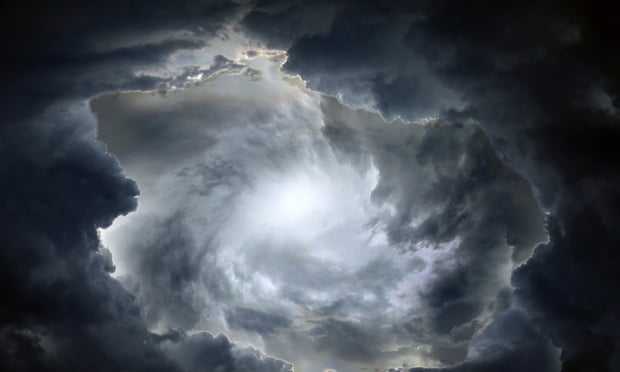 In addition to ENSO, the report states, sea surface temperature also plays a part in how storms form, and with sea temperatures in the North Atlantic expected to be average or higher, it creates an environment more conducive to storm development. (Credit: Sabphoto/Shutterstock)
In addition to ENSO, the report states, sea surface temperature also plays a part in how storms form, and with sea temperatures in the North Atlantic expected to be average or higher, it creates an environment more conducive to storm development. (Credit: Sabphoto/Shutterstock)
Munich Re has joined the growing number of entities predicting an active 2022 hurricane season. According to their analysis, they expect as many as 18 named cyclones to hit the tropical North Atlantic this season. Eight of those storms, they predict, could become hurricanes, with four possible major hurricanes with wind speeds over 110 mph.
Recommended For You
Want to continue reading?
Become a Free PropertyCasualty360 Digital Reader
Your access to unlimited PropertyCasualty360 content isn’t changing.
Once you are an ALM digital member, you’ll receive:
- Breaking insurance news and analysis, on-site and via our newsletters and custom alerts
- Weekly Insurance Speak podcast featuring exclusive interviews with industry leaders
- Educational webcasts, white papers, and ebooks from industry thought leaders
- Critical converage of the employee benefits and financial advisory markets on our other ALM sites, BenefitsPRO and ThinkAdvisor
Already have an account? Sign In Now
© Touchpoint Markets, All Rights Reserved. Request academic re-use from www.copyright.com. All other uses, submit a request to [email protected]. For more inforrmation visit Asset & Logo Licensing.








